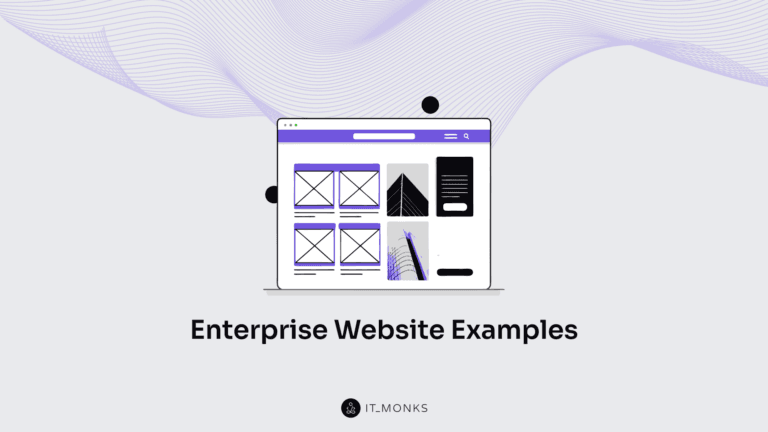The Essential Guide to the New Website SEO Optimization
Table of Contents

Are you struggling to drive traffic to your new website? Does search engine optimization feel like a labyrinth? Look no further – this essential guide to new website SEO optimization is here to help you navigate through the complexities.
Importance of website SEO optimization
Website SEO optimization is crucial for businesses of all sizes and industries. In today’s digital era, where most consumers turn to search engines to find products and services, having a solid online presence is essential. By optimizing your website for search engines, you can increase your visibility, attract qualified traffic, and ultimately drive conversions.
A well-optimized website improves your chances of ranking higher on search engine results pages and enhances the user experience. When your website loads quickly, is easy to navigate and provides valuable content, users are more likely to stay longer, explore further, and convert into customers.
Are you struggling with ranking your website?
Common website SEO optimization techniques
You can employ various techniques to optimize your website for search engines. Let’s explore some of the most common ones:
Keyword Research for Website SEO Optimization
Keyword research is the foundation of any successful SEO strategy. By identifying the right keywords and incorporating them strategically into your website’s content, you can increase your visibility for relevant search queries.
Start by brainstorming a list of keywords relevant to your business and industry. Use keyword research tools such as Google Keyword Planner, SEMrush, or Moz’s Keyword Explorer to expand your list and gather valuable search volume and competition data.
Once you have your keyword list, strategically incorporate it into your website’s content, including page titles, headings, meta descriptions, and body text. However, be cautious to use keywords sparingly, as this can result in keyword stuffing, negatively impacting your rankings.
On-Page Optimization for Website SEO
On-page optimization refers to optimizing individual web pages to improve their visibility and relevance to search engines. This includes optimizing meta tags, URLs, headings, and content.
Start by ensuring each website page has a unique and descriptive title tag with relevant keywords. The meta description should concisely summarize the page’s content and entice users to click through to your website.
Additionally, optimize your URLs to be descriptive and keyword-rich. Use heading tags (H1, H2, etc.) to structure your content and make it easier for search engines to understand the hierarchy and relevance of the information on your page.
Finally, ensure your content is well-written, informative, and relevant to your target audience. Include keywords naturally throughout the text, but prioritize the readability and value of the content above keyword placement.
Off-Page Optimization for a New Website SEO
To gauge the effectiveness of your SEO efforts and identify areas for improvement, it is essential to measure and track your website’s SEO performance. Here are some key metrics to consider:
- Organic Traffic. Monitor the amount of traffic coming to your website from organic search results. Analyze trends and identify traffic fluctuations to understand the impact of your SEO efforts.
- Keyword Rankings. Keep track of your website’s rankings for targeted keywords. Identify keywords that are performing well and those that require further optimization.
- Conversion Rate. Measure the rate at which visitors to your website convert into customers or take desired actions. This could include purchasing, filling out a contact form, or subscribing to a newsletter.
- Bounce Rate. Evaluate the percentage of visitors who leave your website after viewing only one page. A high bounce rate may indicate your website’s content or user experience issues.
- Backlink Profile. Monitor the number and quality of backlinks pointing to your website. Identify opportunities for acquiring new backlinks and address any toxic or low-quality links.
Regularly monitoring these metrics and making data-driven decisions can improve your website’s SEO performance and drive better results.
Measuring and tracking website SEO performance
Regarding a new website SEO, technical optimization is crucial in enhancing your website’s visibility to search engines. Technical optimization involves optimizing your website’s infrastructure and backend elements to ensure that search engines can easily crawl and index your content. Here are some key elements to focus on:
Website Speed and Performance
Website speed is a critical factor in SEO. Slow-loading websites not only frustrate users but also hurt search engine rankings. To improve your website’s speed and performance, consider the following:
- Optimize your images. Compress and resize images to reduce their file size without sacrificing quality.
- Minify CSS and JavaScript. Remove unnecessary characters, whitespace, and comments to reduce file sizes.
- Enable browser caching. Use caching to store static resources on users’ devices, reducing the need to reload them on subsequent visits.
XML Sitemap and Robots.txt
An XML sitemap is a file that lists all the pages on your website, helping search engines discover and crawl your content more efficiently. On the other hand, the robots.txt file tells search engines which pages to crawl and which to exclude. Ensure you have an XML sitemap and a properly configured robots.txt file to guide search engine bots.
URL Structure and Redirects
A clean and user-friendly URL structure is not only beneficial for website visitors but also for search engines. Use descriptive keywords in your URLs and avoid using unnecessary parameters or numbers. Additionally, implement proper redirects (301 redirects) when changing URL structures or moving pages to ensure that search engines can still find and index your content.
Hire IT Monks to improve your new website SEO
If you’re struggling with ranking your website and learning about SEO optimization, turn to the experts at IT Monks. Our team can design a customized website that caters to your business objectives and customers’ needs and specializes in optimizing websites to improve their visibility in search engine results. We offer various services to enhance your website’s performance in organic search. Feel free to contact us today to discuss the specific details of your project.



